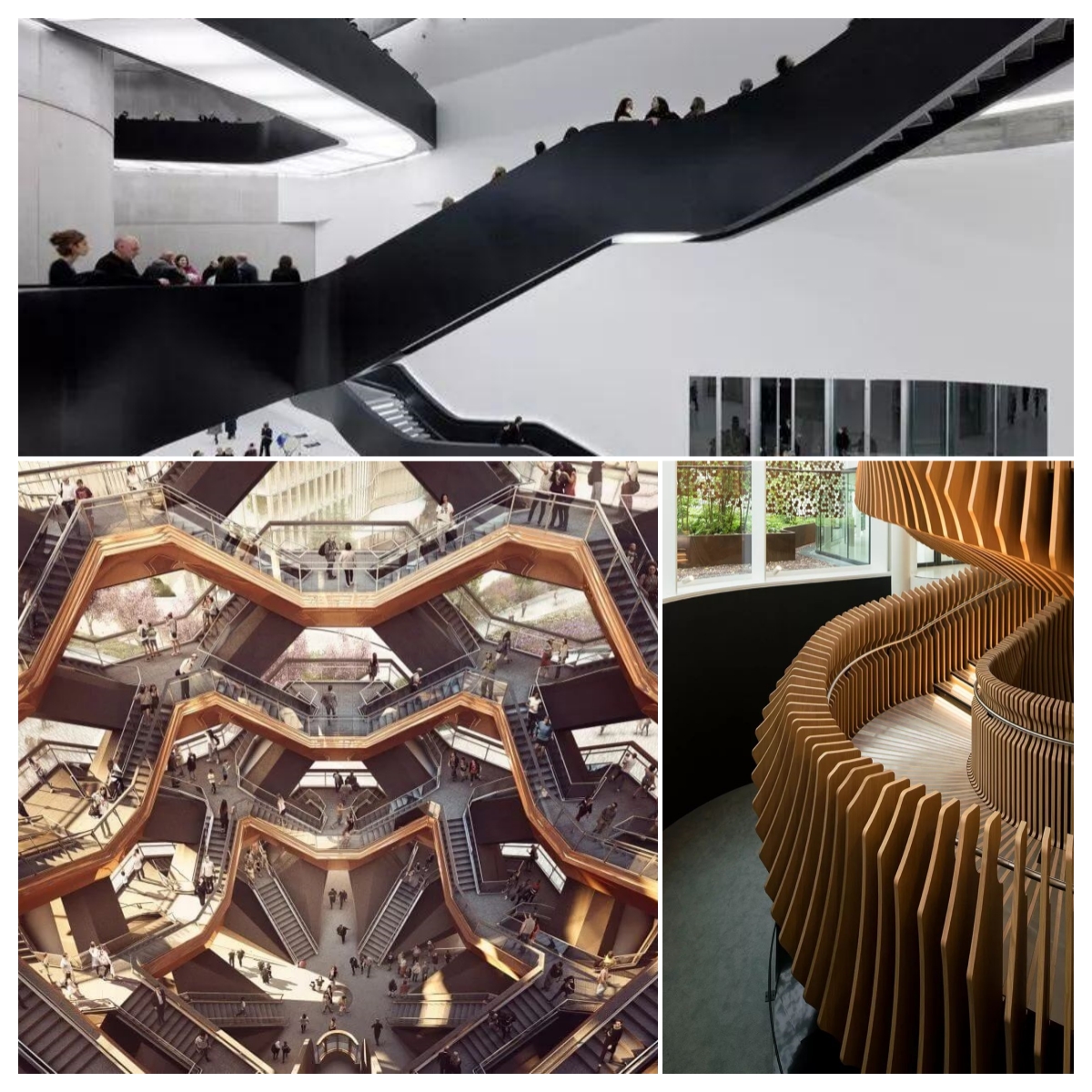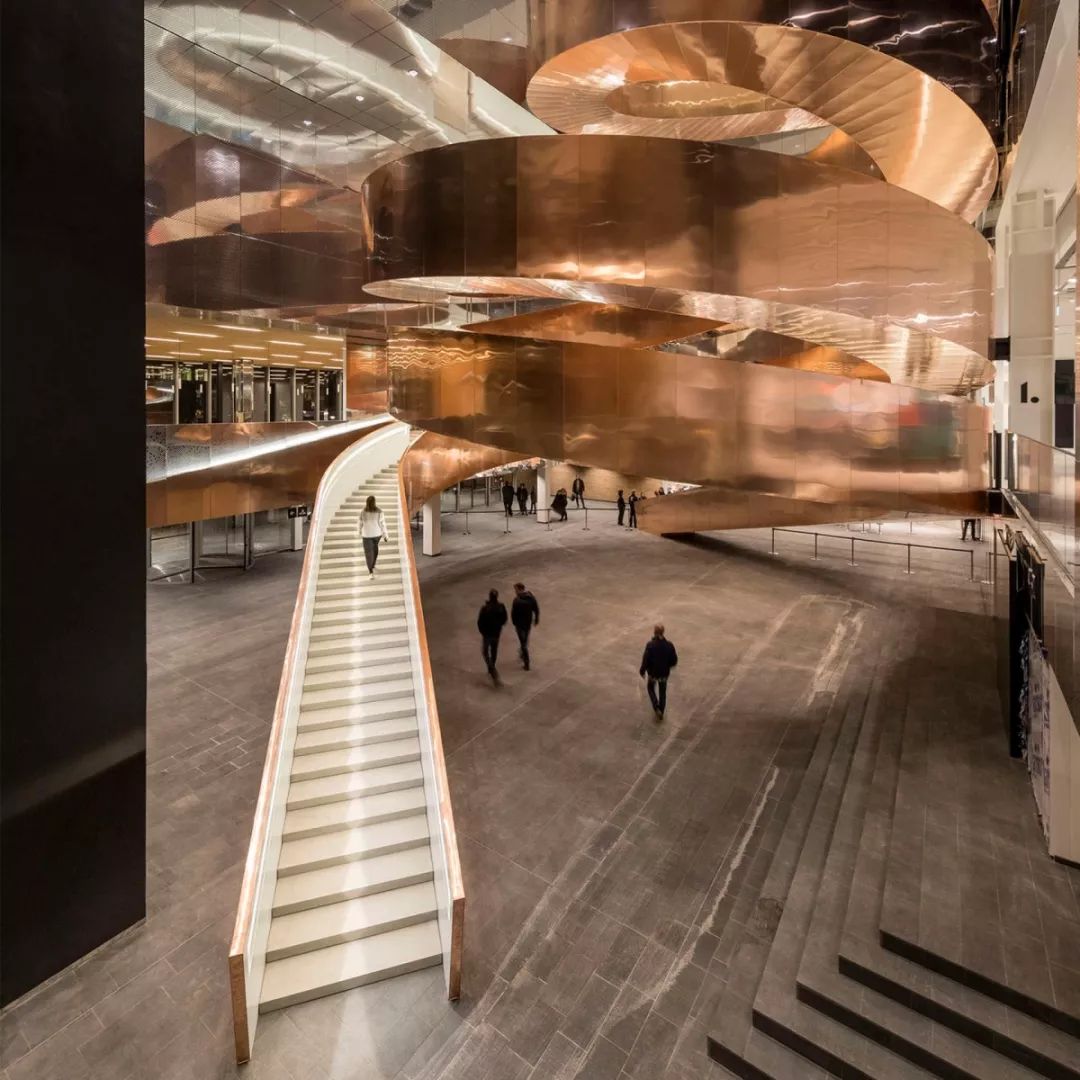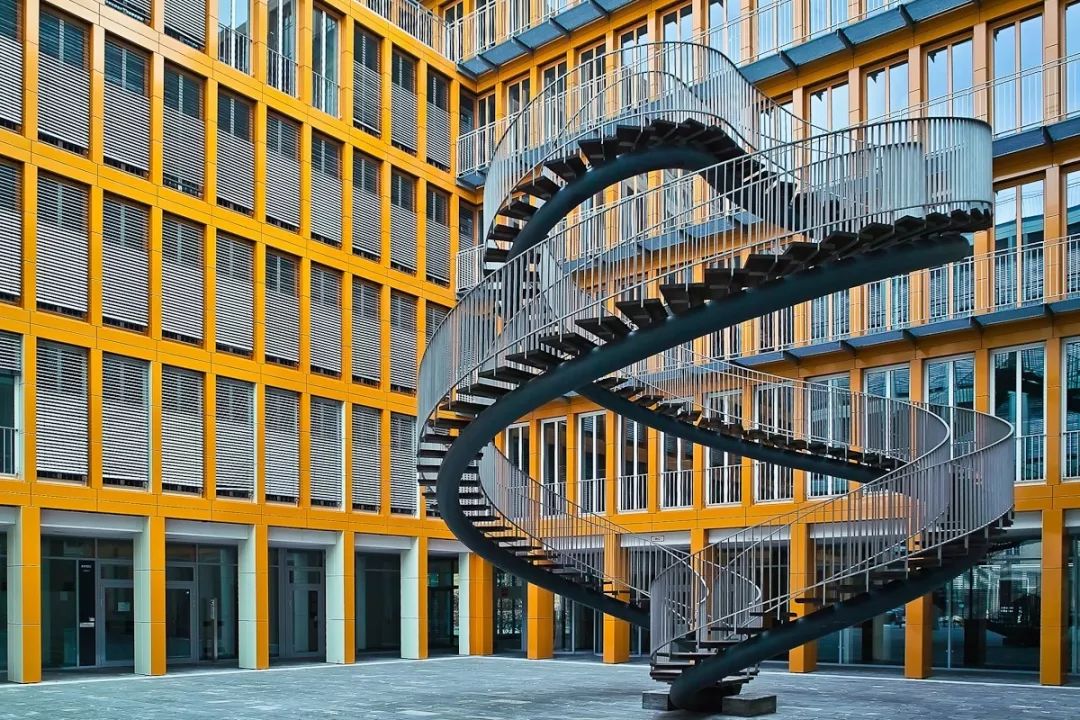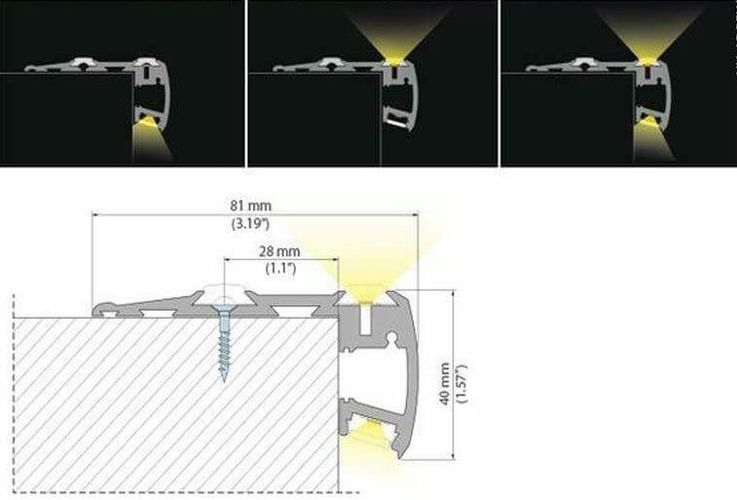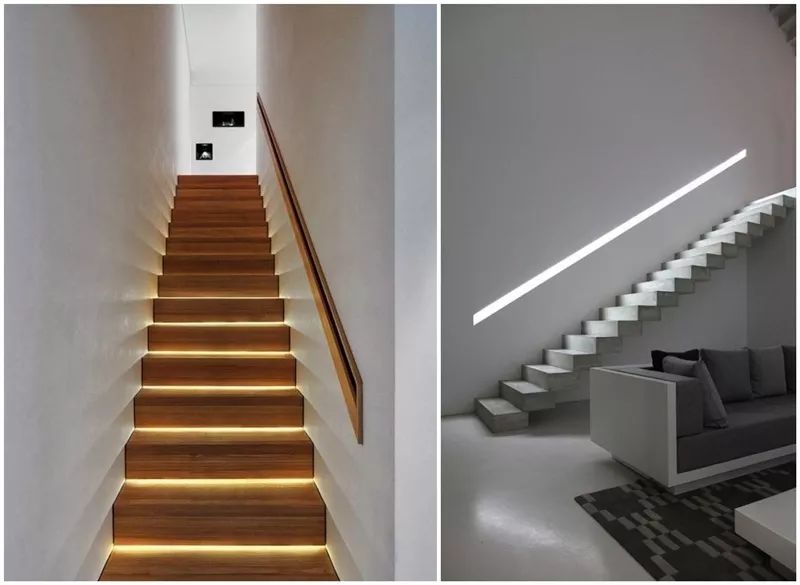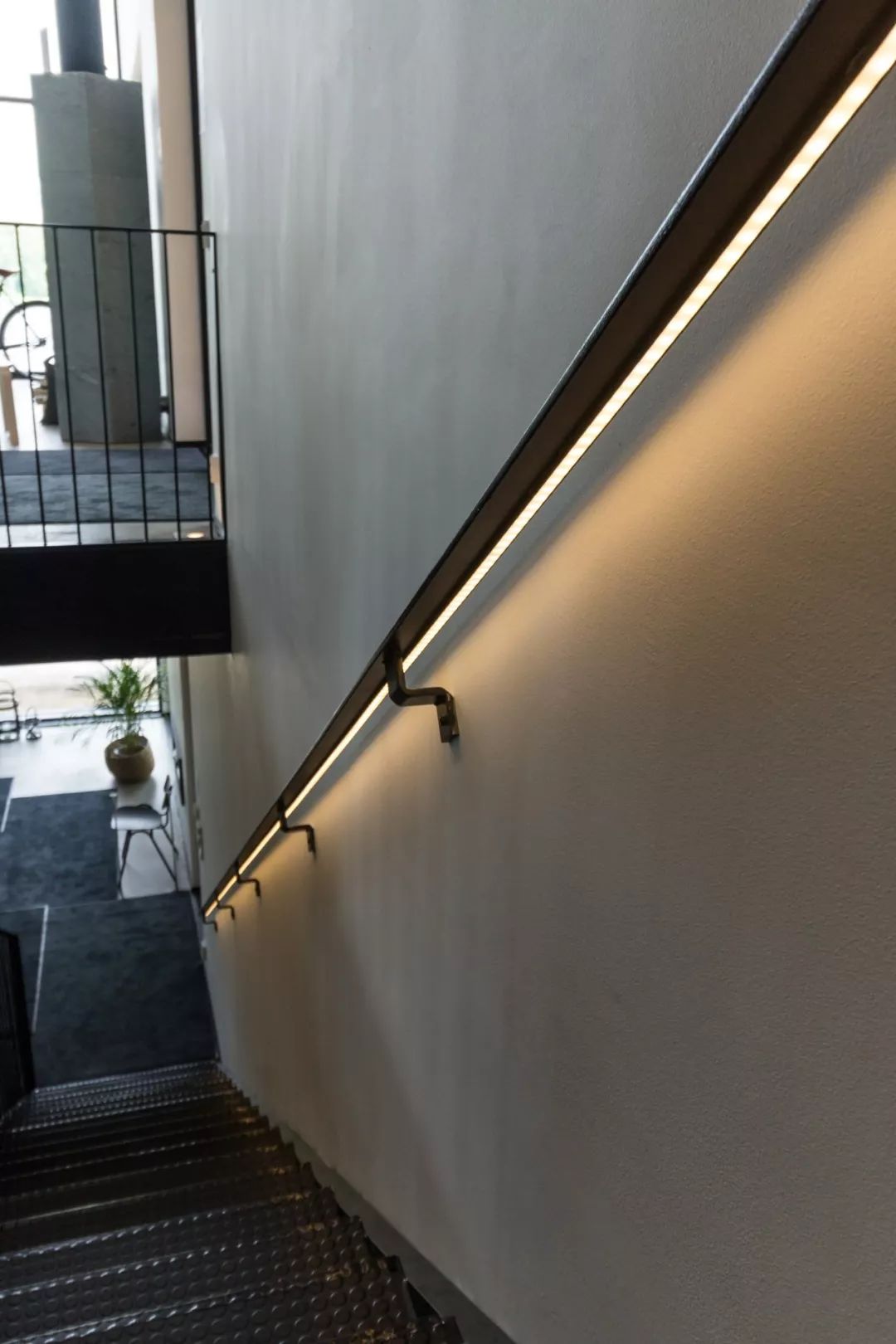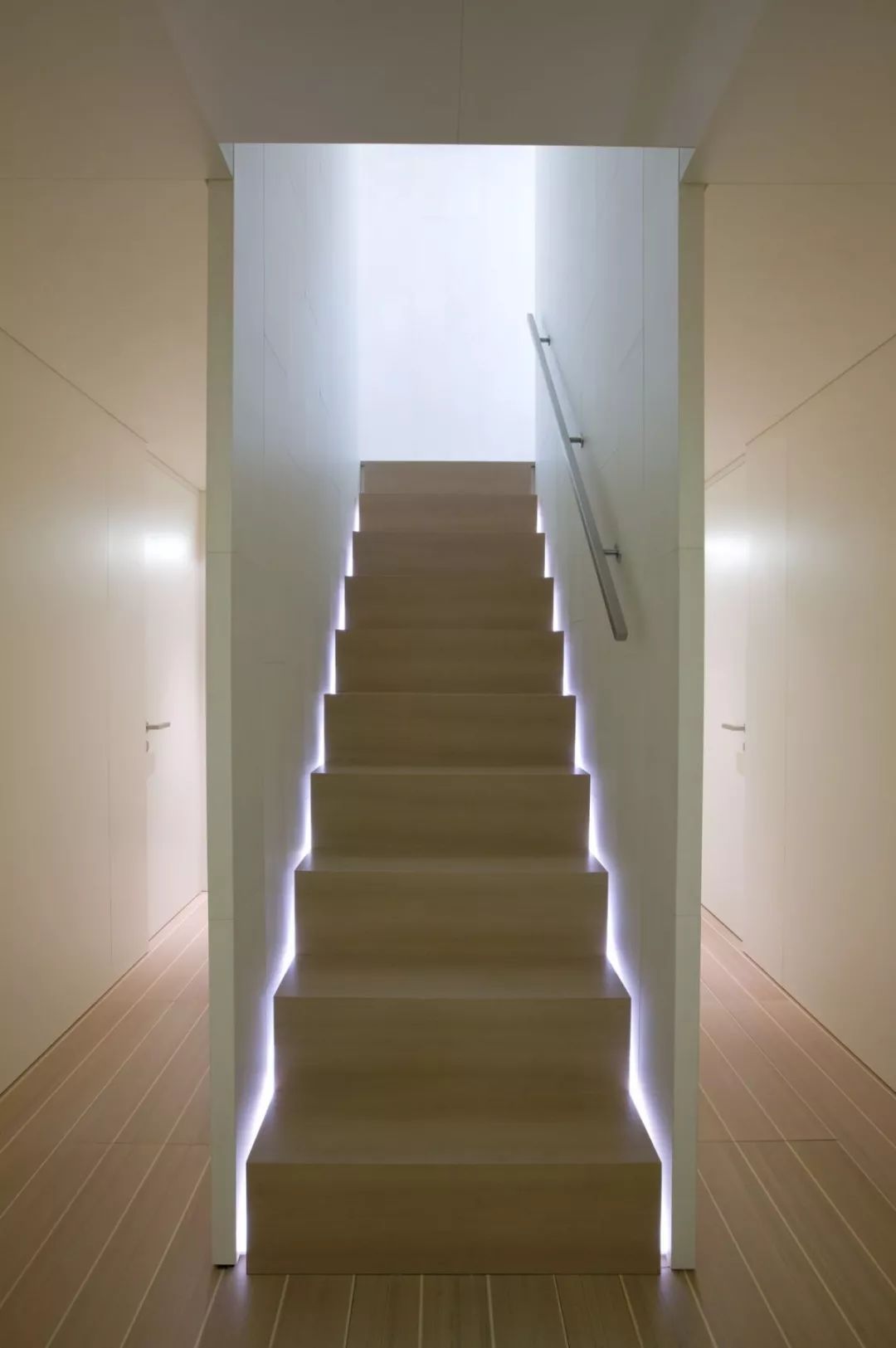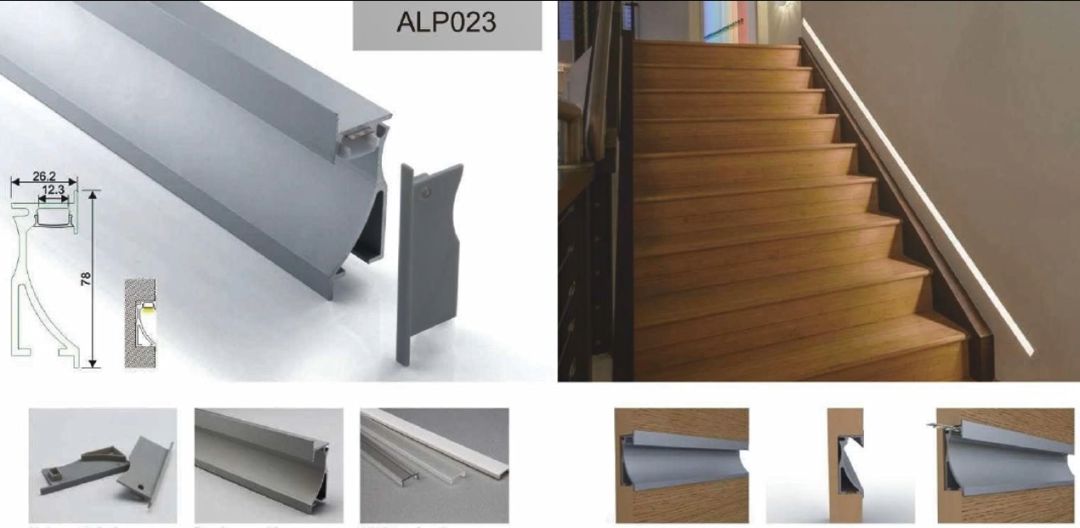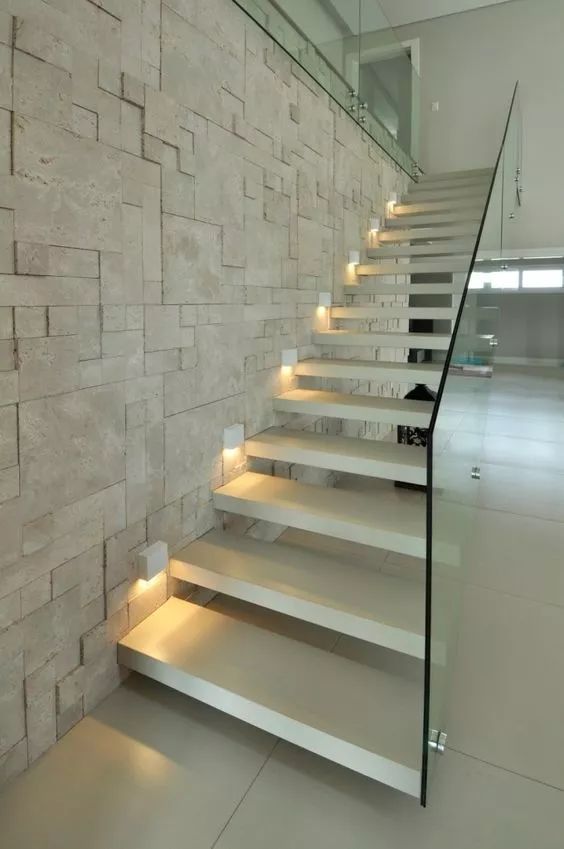ساخت میں ایک چھوٹی سی عمارت کے طور پر سیڑھی، حجم نسبتا چھوٹا ہے، فارم کی ساخت نسبتا آسان ہے.
تاہم، آج کل، بہت سی عوامی عمارتوں کے ساتھ ساتھ گھر کی جگہ، سیڑھیاں اکثر ڈیزائن کی توجہ کا مرکز ہوتی ہیں، جو جگہ کو سجانے میں اچھا کردار ادا کر سکتی ہیں، اور بعض اوقات، کیونکہ سیڑھیاں اچھی طرح سے ڈیزائن کی گئی ہیں، نیٹ ریڈ کارڈ میں چند منٹ جگہ اور زیادہ سے زیادہ ڈیزائنرز، بلکہ آہستہ آہستہ سیڑھیوں کو ڈیزائن کرنے کے لیے ایک خلائی زیور کے طور پر لے جاتے ہیں، تاکہ اس کی حفاظت کے بنیادی کام کو پورا کرنے کے لیے، ان کے تخیل کو مکمل کھیل دیں۔
سیڑھیوں کی روشنی کا ڈیزائن یقینی طور پر اس کی حفاظت اور جمالیات کے اظہار کے لیے ایک اہم نکتہ ہے۔ لہٰذا، سیڑھیوں کی روشنی کو ڈیزائن کرتے وقت، خود سیڑھی اور اس کے آس پاس کی جگہ کے درمیان تعلق، یعنی سیڑھی کے اندر اور باہر، کو مکمل طور پر مدنظر رکھنا چاہیے۔
اندرونی حصے سے مراد خود سیڑھی کی ساخت اور تعمیر، مواد کا انتخاب، سیڑھیوں کے چلنے اور بالسٹریڈ ہینڈریل کا علاج؛ بیرونی سے مراد اس کے آس پاس کی جگہ کی خصوصیات ہیں۔ صرف اس صورت میں جب دونوں کو ایک متفقہ انداز میں سمجھا جائے تو وہ بالکل یکجا ہو سکتے ہیں۔
سیڑھیوں کی درجہ بندی
اجزاء سے منسلک فرش کے درمیان ایک عمارت کے طور پر سیڑھی، سیڑھی کے حصے، پلیٹ فارم اور انکلوژر وغیرہ کے مسلسل قدموں سے، عام سیڑھیوں اور خصوصی سیڑھیوں کی دو اقسام میں تقسیم کیا جا سکتا ہے۔
عام سیڑھیوں میں شامل ہیں: مضبوط کنکریٹ کی سیڑھیاں، اسٹیل کی سیڑھیاں اور لکڑی کی سیڑھیاں، وغیرہ، جن میں سے مضبوط کنکریٹ کی سیڑھیاں ساختی سختی، آگ کی مزاحمت، لاگت، تعمیر، ماڈلنگ وغیرہ کے لحاظ سے زیادہ فوائد رکھتی ہیں، اور سب سے زیادہ استعمال ہوتی ہیں۔
خاص سیڑھیوں میں شامل ہیں: حفاظتی سیڑھی، فائر سیڑھی اور ایسکلیٹر 3 قسم کے۔
اس کے علاوہ، خلائی درجہ بندی کے مطابق، اسے اندرونی سیڑھیوں اور بیرونی سیڑھیوں میں تقسیم کیا جا سکتا ہے۔
اندرونی سیڑھیاں: ٹھوس لکڑی کی سیڑھیاں، سٹیل کی سیڑھیاں، سٹیل اور شیشہ، مضبوط کنکریٹ یا مختلف قسم کے مخلوط مواد۔ ان میں سے، ٹھوس لکڑی کی سیڑھیاں اعلیٰ درجے کی رہائش میں سب سے زیادہ استعمال ہونے والی سیڑھیاں ہیں، جدید دفتری علاقوں، دفتری عمارتوں، شاپنگ مالز، نمائشی ہالوں اور دیگر جگہوں پر سٹیل اور شیشے کی مخلوط ساخت کی سیڑھیاں، مضبوط کنکریٹ کی سیڑھیاں وسیع پیمانے پر استعمال ہوتی ہیں۔ ڈوپلیکس عمارتوں کا۔
بیرونی سیڑھیاں: ہوا اور بارش اور دیگر قدرتی عوامل کے پیش نظر، لکڑی کی خوبصورت ٹھوس سیڑھیاں، سٹیل کی سیڑھیاں، دھات کی سیڑھیاں وغیرہ کی عمومی ظاہری شکل زیادہ موزوں نہیں ہے، مضبوط کنکریٹ کی سیڑھیاں، پتھر کی سیڑھیوں کی ایک قسم ہے۔ سب سے عام
سیڑھی کی روشنی کے بارے میں کیا خیال ہے؟
1. سیڑھیوں پر ہلکی پٹیوں کی تنصیب
بہت سے خاندان جن میں سے زیادہ تر اس حالت میں ہیں نیچے دی گئی تصویر میں جب وہ ابھی تک تزئین و آرائش سے فارغ نہیں ہوئے ہیں۔
اس صورت میں جہاں ٹھوس دیوار اور سیڑھیاں کنکریٹ کی ہیں، یہ سفارش کی جاتی ہے کہ آپ سیڑھیوں کے اوپر کچھ ہلکی پٹیاں لگا سکتے ہیں، اور یہ ہلکی پٹیاں، جنہیں نیچے یا اندر کی طرف چمکایا جا سکتا ہے۔
تاہم، شرط یہ ہے کہ: کنکریٹ کے اوپر ایک پتھر یا لکڑی کا سلیب شامل کیا جائے، تاکہ سیڑھیوں کو ایک وسیع ڈھانچہ ملے، جو ہلکی پٹیوں کی تنصیب کے لیے شرط ہے۔
نوٹس:
اگر قدم بہت روشن پتھر یا ٹائل کے ساتھ ہموار کیا گیا ہے، تو چراغ کو نیچے نہیں چمکنا چاہیے۔ اگر آپ نیچے کی طرف چمکتے ہیں تو، زمینی پتھر آئینے کی عکاسی کرنے میں آسان ہے، جس کے نتیجے میں عکاسی ہوتی ہے۔ اس لیے روشنی کو اندر کی طرف چمکانا چاہیے۔
پیڈل کے چپکنے کے لیے زیادہ جگہ نہ ہو۔ بہت سے لوگ روشنی کے اثر کو بہتر بنانے کے لیے کہتے ہیں کہ 5cm، 8cm باہر، بہت لمبا، یہ سفر کرنا آسان ہے۔ لیکن بہت کم باہر رہنا بھی کام نہیں کرتا، روشنی صرف تھوڑی سی ہی نکل سکتی ہے، بہت محدود۔
(PS انگلیوں کے اوپر پھسلنے سے روکیں، سیڑھیوں کے حصے کی ناک کو ککر بلاکنگ بورڈ کے فاصلے سے 20 ملی میٹر یا اس سے کم میں کنٹرول کریں، کچھ خاص حالات، جیسے کہ چلنا بہت تنگ ہے، ناک کے حصے کو بڑھانے کے اصول کو بھی آزمانا چاہیے۔ 30 ملی میٹر میں کنٹرول)
2. سیڑھیوں کے اضافے
پہلے طریقہ میں، روشنی کی پٹیوں کو پتھر یا لکڑی کے پینل کے ساتھ حالات میں ان لائن نصب کیا جاتا ہے، جبکہ دوسرے میں، بیرونی داخل (ٹریڈ لائٹس) کے ذریعہ.
سیڑھی پلس ڈیوائس کے ذریعے، جو اوپر چلنے والی روشنی ہے، ہر ایک اپنی اینٹی سلپ پٹی کے ساتھ آتا ہے، اور اگرچہ یہ ایک بیرونی ڈیوائس ہے، لیکن یہ دراصل ایک لائٹ ہے، اس لیے محتاط رہیں کہ ایسی واٹج کا انتخاب نہ کریں جو بہت زیادہ ہو، جیسا کہ ہر قدم پر روشنی کی پٹیاں ہیں۔
روشنی کے ڈیزائن کے علاوہ جو سیڑھیوں پر چل سکتا ہے، ہمارے پاس ہینڈریل کے علاج کا اختیار بھی ہے۔
مثال کے طور پر، پوری ہینڈریل کو روشن دکھائیں، یا ہینڈریل کے نیچے لائٹ سٹرپس لگائیں۔
یا، ہینڈریل کے نیچے سوراخوں کو ڈرل کریں اور سوراخوں میں لائٹس کو سرایت کریں۔ نیچے دی گئی تصویر آسٹریلیا میں دیکھا جانے والا ایک زیادہ معیاری عمل ہے۔
ہمارے پاس سیڑھی کے دونوں طرف دو ہلکی پٹیاں لگانے یا سیڑھی کے اطراف میں چمکتی ہوئی چیزوں کو چھپانے کا اختیار بھی ہے۔
مثال کے طور پر، آپ سیڑھیوں کے کنارے ایک سلاٹ کھول سکتے ہیں، اور پھر اس میں ایک مکمل ایلومینیم پروفائل لگا سکتے ہیں، جو اس بات کو یقینی بناتا ہے کہ روشنی کی پٹی کو اندر رکھنے کی جگہ موجود ہے۔ اور یہ مشق دونوں مخالف چکاچوند، روشنی کا اثر اور اچھا ہے، ایک پوری پٹی بھی صرف دکان کا ایک نقطہ ہے.
ایک اور طریقہ ہے، فٹ لائٹس لگانے کا۔ اگر آپ فٹ لائٹس لگاتے ہیں، تو آپ دیوار میں سوراخ کر کے ایسا کر سکتے ہیں، اور لیمپ اور لالٹینوں کو نسبتاً چھوٹی موٹائی والی فٹ لائٹس کے طور پر منتخب کیا جا سکتا ہے، یا آپ سطح پر نصب فٹ لائٹس استعمال کرنے کا انتخاب کر سکتے ہیں۔
نوٹس:
فٹ لائٹس کو بہت چھوٹی نہ لگائیں، اگر بہت چھوٹی ہیں تو روشنی کی حد چھوٹی ہے۔
جہاں لوگوں کی طرف سے احاطہ کرنا آسان ہے، آپ کو فٹ لائٹس کی تنصیب کی پوزیشن کے بارے میں سوچنے کی ضرورت ہے.
ڈرائیور کو کہاں رکھنا ہے؟
اگر چراغ کم وولٹیج ہے، 220V ہائی وولٹیج سے منسلک کرنے کے لئے، وہاں ایک ڈرائیور ہونا چاہئے، پھر، ڈرائیور کو کہاں رکھنا ہے؟
عام طور پر، جیسا کہ سیڑھیوں کے کونے میں ایک پوشیدہ جگہ ہوگی، اس طرح کے انڈور پلیس ڈرائیور کو کونے کی پوشیدہ جگہ میں رکھا جاسکتا ہے۔
لیکن کئی بار، فرش میں ایسی کوئی چھپنے کی جگہ نہیں ہے. اس وقت، ہم ڈرائیور کو چھت پر اور کم وولٹیج کی تار کو نیچے رکھنے کا انتخاب کر سکتے ہیں۔
کچھ لوگ سوال کر سکتے ہیں: کم وولٹیج ڈرائیور کی پیداوار لائن بہت لمبی ہے تو، روشنی کی پٹی سے منسلک ایک وولٹیج ڈراپ نہیں پڑے گا؟ سچ پوچھیں تو، یہ صرف 3 میٹر ہے، اور فٹ لائٹس کی طاقت بڑی نہیں ہے، اس لیے اس کا زیادہ اثر نہیں پڑے گا۔
پوسٹ ٹائم: اکتوبر 09-2023


